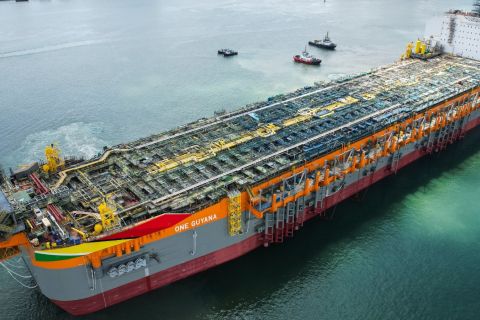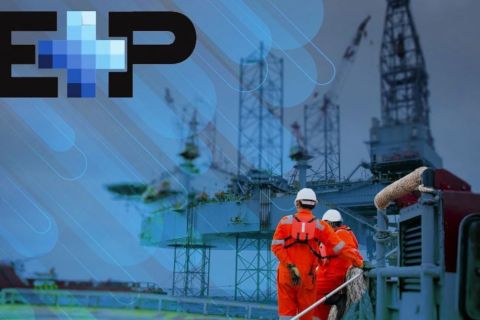The "best" operators in terms of minimizing hydrocarbon releases are currently experiencing an average of less than one significant release per year. The industry average, however, is about five or six per year, with each one holding the potential to lead to a catastrophic event.
While initiatives such as the creation of the UK-based Step Change in Safety group demonstrate the commitment of operators and suppliers to share best practices, ideas, and techniques, the possible consequences of a release mean that even one is too many.
Public inquiries from past major incidents, such as Piper Alpha and Macondo, have led to a number of changes to regulation and operating practices worldwide. Undoubtedly the industry today is a safer place to work, but there are still those who find it hard to learn past lessons.
A cursory glance at the rate of major industrial incidents would indicate that every three or four years, there is one that causes multiple loss of life and other harm. Since Piper Alpha (1988), oil and gas incidents have included Longford Gas Plant (1998), Petrobras P36 (2001), Mumbai High (2005), Texas City (2005), Montara (2009), and Deepwater Horizon (2010), among others.
A common factor identified as a cause of these incidents was a steady reduction in accepted safety standards, coupled with normalized deviation from good practice and procedures. Why should this be?
There is increasing awareness across the oil and gas industry that many procedures that have been put in place to prevent hydrocarbon leaks are not being followed consistently. Examples of these procedures include the checking of isolations, the recognition of high- and low-pressure interfaces, and the adherence to basic processes used to ensure pressure containment. At times, isolation schemes are designed by supervisors, with no one able to check them. This reduces the time supervisors have to monitor and maintain standards, resulting in basic steps being missed and vital checks bypassed.

Many studies have been carried out on the impact of regulation. The Peltzman effect, for example, suggests that people tend to react to a safety regulation by increasing other risky aspects of their behavior. This offsets some or all of the benefits of the regulation.
Increased regulation will not create a safe place to work if industry then lets slip the good practices that kept workers safe before these new parameters came along. Nor can it substitute good practice with processes and rules. Good practice must be maintained, with regulation and procedures reinforcing it.
The industry also has to ask why good practice diminishes. There is a range of possible answers. Many of the younger crews on facilities were not born or were infants when Piper Alpha happened. That tragedy is resigned to a part of history rather than something that could happen today. Have employees become desensitized to the potential consequences of an incident? Few intuitively understand risk. When an action is taken and nothing bad happens, it is thought of as safe. For low-frequency events this can lead to a consistent decline in operating standards. Just because a hydrocarbon release does not ignite does not mean it is safe. All it means is that its potential has not been fully realized. Risk mitigation cannot be achieved through onshore training alone. It requires leaders that have confidence in the skills and standards of their workforce and the quality of their procedures. Furthermore, they have to be sure that people are following the processes put in place to mitigate risk. If they are confident that things are being done right, they should make sure this confidence is justified from an external point of view. Everyone in the industry needs to take responsibility for their own actions. Legislation and regulation is one part of the solution, but it should to be supported by the appropriate skills, understanding, and quality of work from those involved in operations to ensure people are as safe as possible. Only then can operators be certain that they truly have minimized risk.
Recommended Reading
Deepwater Roundup 2024: Americas
2024-04-23 - The final part of Hart Energy E&P’s Deepwater Roundup focuses on projects coming online in the Americas from 2023 until the end of the decade.
E&P Highlights: April 22, 2024
2024-04-22 - Here’s a roundup of the latest E&P headlines, including a standardization MoU and new contract awards.
Technip Energies Wins Marsa LNG Contract
2024-04-22 - Technip Energies contract, which will will cover the EPC of a natural gas liquefaction train for TotalEnergies, is valued between $532 million and $1.1 billion.
Galp Seeks to Sell Stake in Namibia Oilfield After Discovery, Sources Say
2024-04-22 - Portuguese oil company Galp Energia has launched the sale of half of its stake in an exploration block offshore Namibia.



